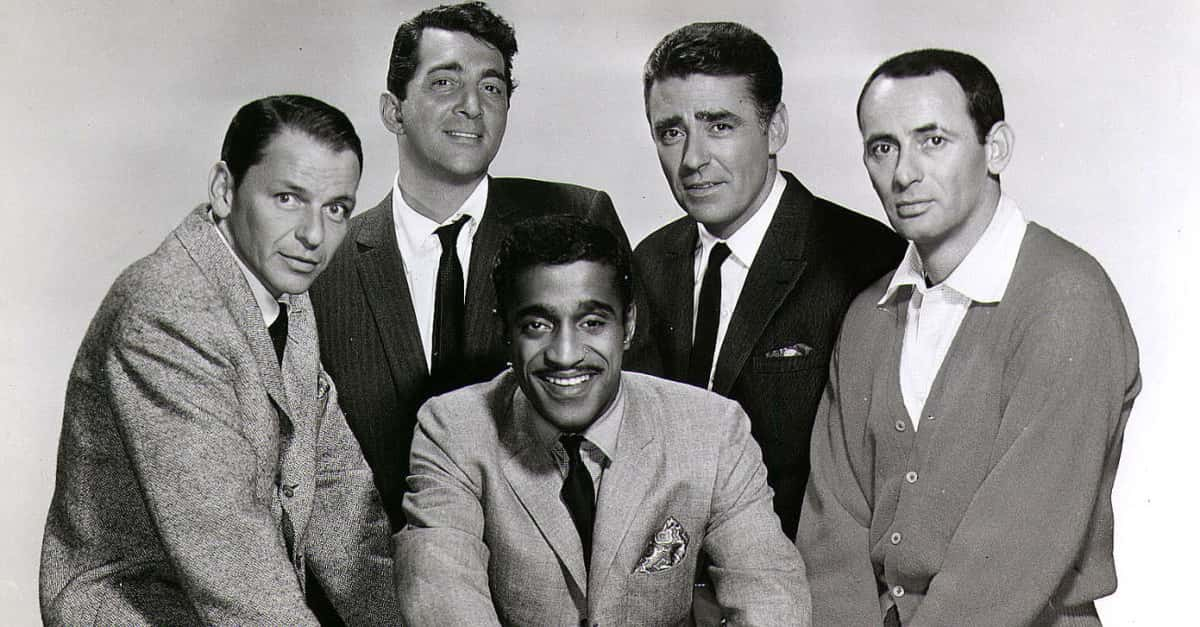Paititi, The Lost City of Gold
Hidden deep within the remote rainforest lies the legendary Lost City of Paititi.
Legend has it that Paititi is a secret city of unimaginable wealth and riches. Many explorers have lost their lives in search of this treasure trove, but has it ever been found?
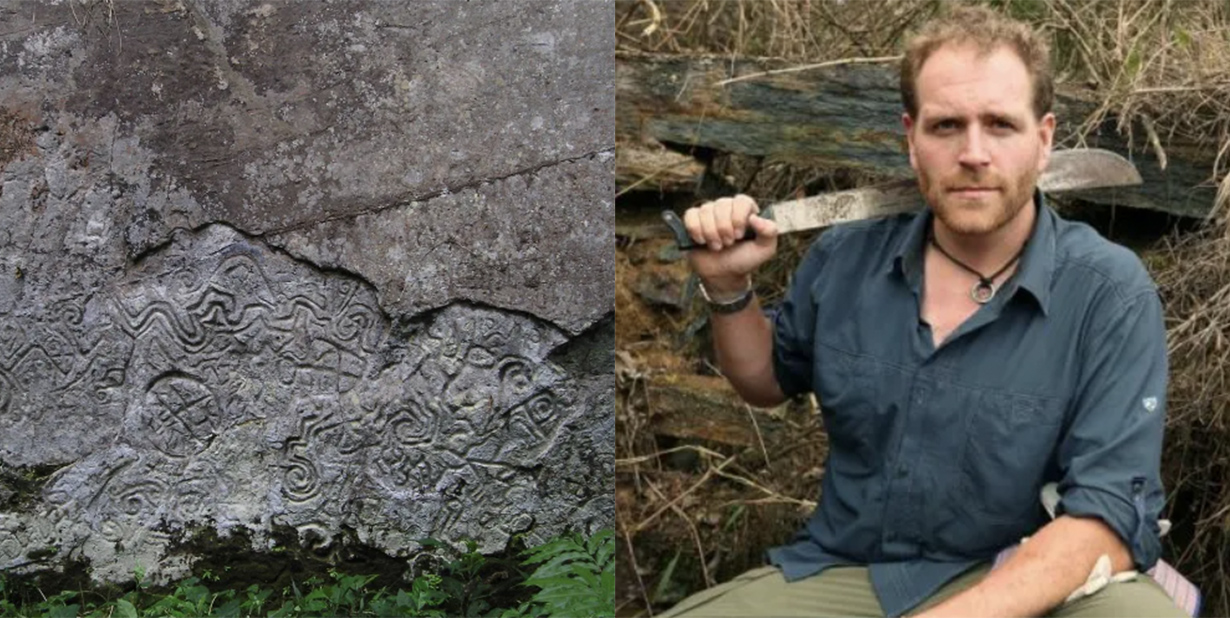
The Location
Obviously, the location of Paititi is not known, hence why it is a lost city.
But there are sources that believe it is hidden somewhere in the remote rainforests of southeastern Peru, northern Bolivia, or northwest Brazil.
Legend #1: Inkarri Ruler
The Paititi legend revolves around the story of the culture-hero, Atahualpa—the last ruler of the Inca people.
During the Spanish Conquest, Atahualpa was captured during an ambush. While in captivity, he made a deal that he thought would grant him release.
 Unknown Author, Wikimedia Commons
Unknown Author, Wikimedia Commons
Legend #1: Atahualpa
Atahualpa gave the Spaniards a ransom in exchange for a promise of release, which included arranging the execution of his half-brother Huascar.
Atahualpa and Huascar had a tricky relationship as the half-brother took over the empire upon their father’s passing, and Atahualpa was given governance of a different empire.
The two brothers fought against each other during the Inca Civil War.
Legend #1: Huascar
Atahualpa won against his half-brother Huascar, and captured him. So, when he was captured, he used his brother as leverage for his freedom. He followed through and gave Huascar to the Spaniards.
However, things didn’t go as planned.
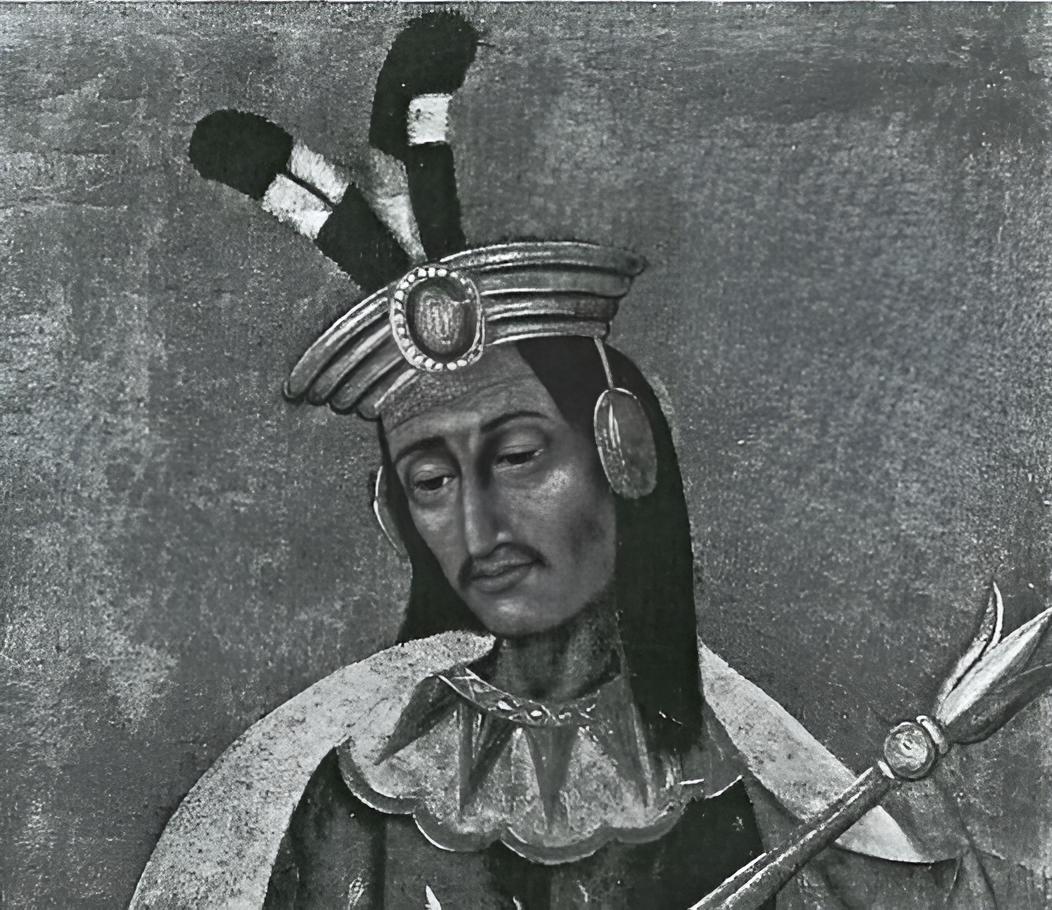 Unknown Author, Wikimedia Commons
Unknown Author, Wikimedia Commons
Legend #1: Execution
After receiving the ransom, the Spanish accused Atahualpa of treason, conspiracy against the Spanish Crown, and the slaying of Huáscar.
They put him on trial and sentenced him to be burned at the stake.
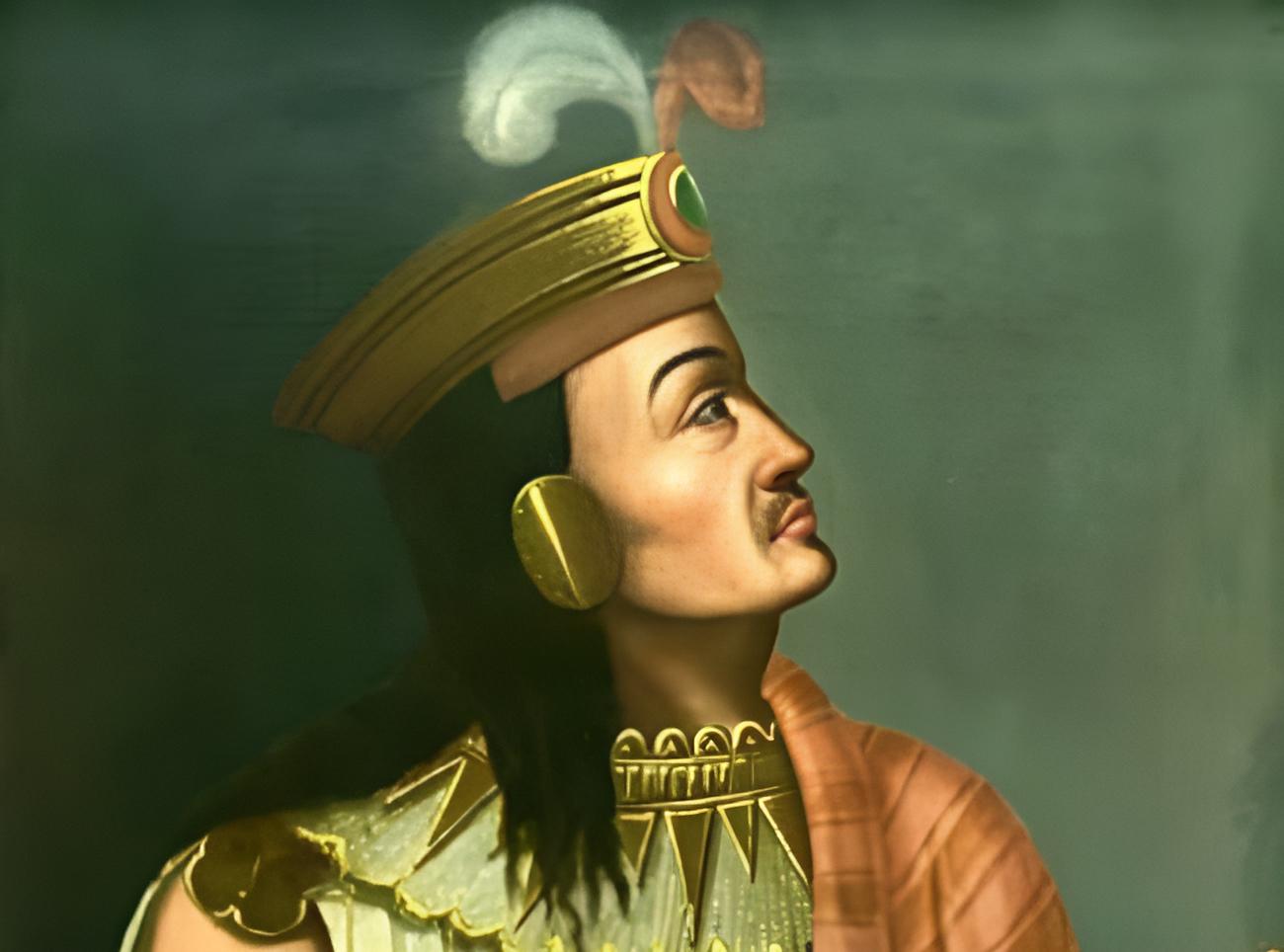 Unknown Author, Wikimedia Commons
Unknown Author, Wikimedia Commons
Legend #1: His Savior
Atahualpa was quickly baptized, which changed the way his demise was allowed to happen. Instead of being burned at the stake, he was garroted instead—keeping his body from being burned.
It was his last words though, that determined the Spaniards next moves.
 Brooklyn Museum, Wikimedia Commons
Brooklyn Museum, Wikimedia Commons
The Legend: Atahualpa’s Last Words
In his final moments, Atahualpa vowed that he would come back one day to avenge his death.
It was believed that his body, being buried under the earth, would grow until the day that he will rise again and take back his kingdom, restoring harmony between the earth and her people.
This was worrisome for the Spaniards.
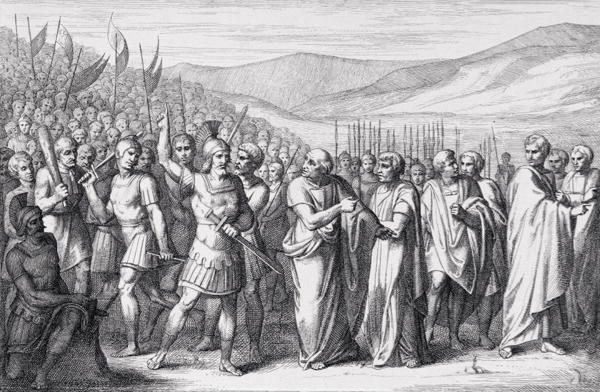 B. Barloccini, Wikimedia Commons
B. Barloccini, Wikimedia Commons
Legend #1: His Body
After his execution, the Spaniards cut Atahualpa’s body into pieces and buried them in several different places around the kingdom.
His head is said to rest under the Presidential Palace in Lima, while his arms are said to be under the Waqaypata (Square of tears) in Cusco and his legs in Ayacucho.
Perhaps they assumed this would make it more challenging for him to rise again.
 Lima Art Museum, Wikimedia Commons
Lima Art Museum, Wikimedia Commons
Legend #1: Tales and Theories
This version of the legend of Atahualpa became widespread among indigenous groups, with versions of the tale being documented as far as Chile. It is often referred to as mythical.
His body was never officially located, but many historians have their theories. Though the legend that remains most interesting is what’s next.
 Basilio, CC BY-SA 3.0, Wikimedia Commons
Basilio, CC BY-SA 3.0, Wikimedia Commons
Legend #2: The Lost City
The more popular, and also more exciting, legend of Atahualpa is very much opposite of the first.
Many historians believe that Atahualpa wasn’t executed at all. This theory provides a more open-ended adventure that historians and explorers have been eating up for decades.
 Nathan Hughes Hamilton, Flickr
Nathan Hughes Hamilton, Flickr
Legend #2: Atahualpa’s Retreat
Rather than execution, it is widely believed that Atahualpa escaped the Spaniards and retreated deep into the rainforest in search of refuge to live out the rest of his days.
Spectators gossiped about where he was going and what he would find.
Legend #2: Paititi
It is believed that Atahualpa was in search of a hidden treasure known as Paititi—a city filled with gold and riches.
The Spaniards caught wind of this and their search for their escaped prisoner instantly escalated.
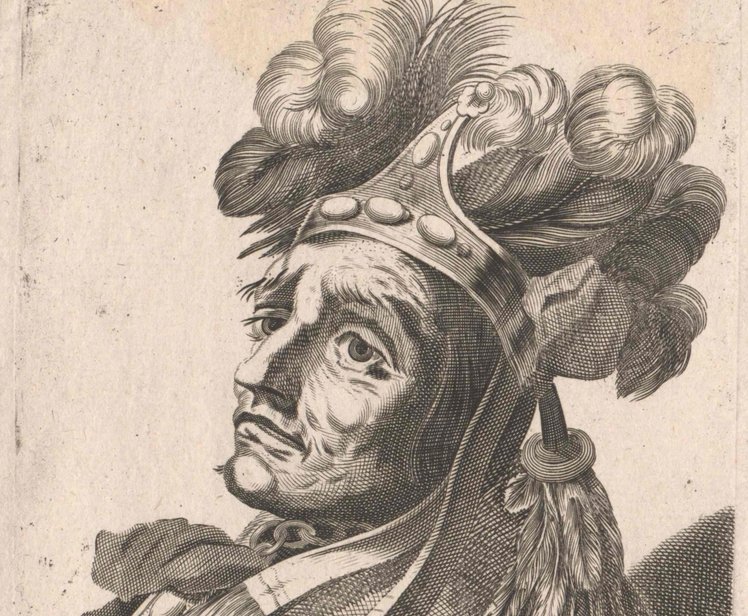 Österreichische Nationalbibliothek, Picryl
Österreichische Nationalbibliothek, Picryl
Legend #2: The Search for Atahualpa
The Spaniards immediately prioritized their efforts to search for Atahualpa and the golden city he supposedly retreated to.
However, they were never able to locate Atahualpa or his lost city of Paititi.
 Fmurillo26, CC BY-SA 4.0, Wikimedia Commons
Fmurillo26, CC BY-SA 4.0, Wikimedia Commons
Fact or Fiction
Over the years, the story became a popular tale that people would tell their children and relish in the imaginative wonders of a lost city filled with treasure.
But eventually, people started to piece together a puzzle that got them thinking, could there be any truth to the legendary tale of Paititi?
The Search Begins
A missionary in 1600’s named Andres Lopez presented the story to the Pope in Rome. This report was widely publicized and sparked instant attention.
The legend inspired many people to set of in search of this lost city of gold and riches.
Ruling It Out
Over the years, many explorers produced documents of their findings. All of which included confirmation of where the city did not exist.
Many possible locations were theorized, and many expeditions took place—including some in which the explorers didn’t make it back.
A Challenging Expedition
Given the remote locations explored deep within the rainforest, a lot of expeditions were risky.
Exploders and historians knew they were risking their lives for a possibly mythical legend, but it was worth it to them to try.
Lives Lost
It is said that explorers Bob Nichols, Serge Debru, and Georges Puel searched the Rio Pantiacolla from Shintuya and never returned. They were later confirmed unalive.
Lars Hafskjold left from Puerto Maldonado, Madre de Dios, Peru into unexplored parts of Bolivia and never returned.
There are countless more. Many groups often returned home with less people than they set out with.
Findings of Paititi
Many expeditions did uncover many historical findings, including Inca artifacts, Inca ruins, large geoglyphs, pyramids, and more.
Many explorers documented their journeys for televised episodes and films.
Findings of Significance: Hans Ertl (1954/1955)
Well-known German film-maker, Hans Ertl set off to explore a peak in the lowlands of Bolivia that locals referred to as Paititi.
Looking for clues of the lost city, he came across ancient terraces, rests of walls, artifacts made of precious metals and carved stones, and a gold mask.
Findings of Significance: Herbert Cartegena (1979)
In 1979, two French-Peruvian explorers named Nicole and Herbert Cartegena discovered the rural settlement of Mameria.
Their discovery provides the very first written proof of Incan presence within the Peruvian Amazon jungle.
Significance of Mameria
Mameria contains approximately 15 square miles of houses in the pirca style of the Inca. This was huge progress for researchers and historians dedicated to the search.
Archeologists and explorers believe Mameria is evidence of the lost Inca city of Paititi.
Findings of Significance: John Blashford-Snell (2001)
John Blashford-Snell was a British explorer who followed the reports of Hans Ertl as his source on his journey to Paititi.
He believed that Bashford-Snell had discovered Paititi together with its immense treasures without revealing its position. So, he followed his steps almost exactly and came across pottery, carvings, and ancient Inca walls… but no Paititi.
 Unknown Author, Wikimedia Commons
Unknown Author, Wikimedia Commons
Findings of Significance: Jacek Palkiewicz (2002)
Famous explorer Jacek Palkjewicz set off in search of Paititi, backed by Italian and Peruvian governments. It was one of the best equipped expeditions ever, with modern satellite imagery aiding them.
Apparently, he found the rests of ancient buildings probably forming the suburbs of Paititi and traces of a square lagoon covered by vegetation.
 Cezary Piwowarski, CC BY-SA 3.0, Wikimedia Commons
Cezary Piwowarski, CC BY-SA 3.0, Wikimedia Commons
Findings of Significance: Thierry Jamin
Thierry Jamin, a French explorer known for his research about Paititi and the presence of the Incas, discovered and studied large geoglyphs in a valley nearby to the Pusharo petroglyphs in Manú, Peru which they claimed to be a map showing the location of Paititi.
Over several years he returned to the area and discovered more evidence that supported the presence of the Incas.
 Galactica Stardust, CC BY-SA 4.0, Wikimedia Commons
Galactica Stardust, CC BY-SA 4.0, Wikimedia Commons
Findings of Significance: Manco Pata Fortress
In 2007, large stone structures were found resembling high walls covering 40,000 square meters. This structure is now known as the Manco Pata Fortress.
This fortress according to the local mayor could be part of the lost city of Paititi.
 Turismo Inkaiko SRL, CC BY 2.0, Wikimedia Commons
Turismo Inkaiko SRL, CC BY 2.0, Wikimedia Commons
Findings of Significance: Vincent Pélissier (2016)
In 2016, explorer Vincent Pélissier claimed to have found the lost city of Paititi in July 2015. His research expands on Thierry Jamin’s research, particularly in relation to the petroglyphs believed to be a map to Paititi.
However, he claims his research was hacked and robbed and he has since lost all of his proof.
The Latest on the Search for Paititi
Today, expeditions continue. Modern technology has made the journey easier, but funding for the expedition remains a common issue for most explorers.
Even so, people are confident that if they just keep looking, it shall be found.
 Christian Declercq, Shutterstock
Christian Declercq, Shutterstock
Dangers in Pursuit of the Lost City: The Jungle
The pursuit of riches come with great dangers. If you don’t already know, the jungle is an extremely dangerous place, with poisonous insects, unforgiving climates, and treacherous terrain, it is said to be immensely difficult to safely navigate the deepest parts of the jungle.
Dangers in Pursuit of the Lost City: Personal
Aside from the obvious dangers of the journey itself, a lesser-known danger for explorers is the risk of other explorers.
Many people had had their places burglarized in search of their discoveries. Some have lost their lives in conflicts with other explorers.
The search for Paititi causes jealousy and desperation that comes out in many dangerous forms.
Final Thoughts
Today, the Lost City of Paititi remains a mystery. After hundreds of years of research, many explorers have come close, but not close enough.
With the jungle being so dense, it is said that you could walk literally three feet away from something and not be able to see it.
Perhaps Paititi is a myth. Or maybe the jungle is keeping a very rich secret that was never intended to be unearthed























